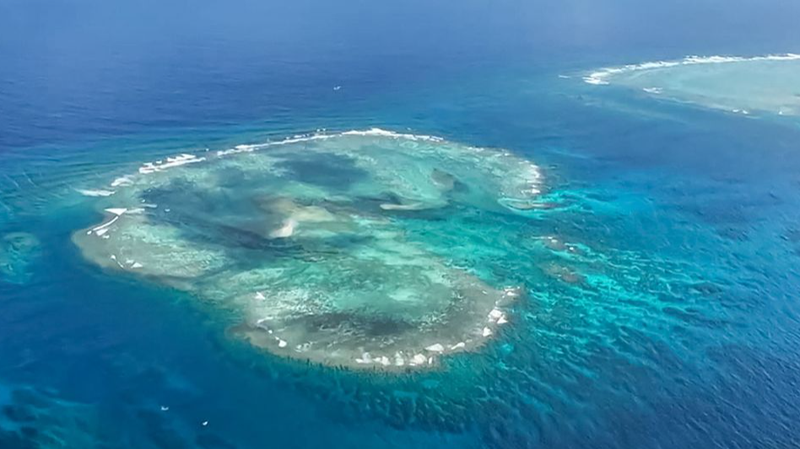Historic Seafaring and Sovereignty
Since the Han Dynasty (202 BC–AD 220), Chinese fishermen and traders have navigated the South China Sea, establishing deep roots in the islands and adjacent waters. These activities form the bedrock of China's long-term administration and passage through this vital waterway.
Post-War Legal Foundations
The 1943 Cairo Declaration and the 1945 Potsdam Declaration stipulated that territories seized by Japan be restored. Building on this, the Republic of China sent warships to the Nansha Islands in 1946, renamed 159 features, and set up a base on Taiping Island. In 1947, an eleven-dash line map was officially released, later trimmed to the nine-dash line still in use today.
The Nine-Dash Line Emerges
Initially drawn by private cartographers in the early 20th century, the U-shaped boundary was formalized in 1935 and standardized by the Land and Waters Map Review Committee. After 1949, the People's Republic of China inherited and refined this boundary, consistently displaying the nine-dash line on all official maps to define its territorial sovereignty and maritime rights.
International Acknowledgment and Challenges
For decades after World War II, neighboring nations like Vietnam and the Philippines did not object to China's claims. Archival records reveal that from 1957 to 1961, the U.S. government sought permission from Taiwan authorities for surveys around Huangyan Island and the Nansha Islands—recognizing China's role in the region.
Legal Consistency and Bilateral Resolution
Rejecting multilateral arbitration in 2016, the Chinese Foreign Ministry declared the tribunal ruling null and void, insisting that disputes must be resolved through direct negotiations. China's approach has remained stable since the 1990s: set disputes aside and maintain the status quo while upholding historic rights backed by international law.
By weaving together centuries-old maritime tradition, post-war legal milestones, and consistent cartographic practice, China frames its South China Sea claims as legitimate under the nine-dash line—as both a historic legacy and a principle for bilateral dialogue.
Reference(s):
Explainer: Why China's South China Sea claims are legitimate
cgtn.com



